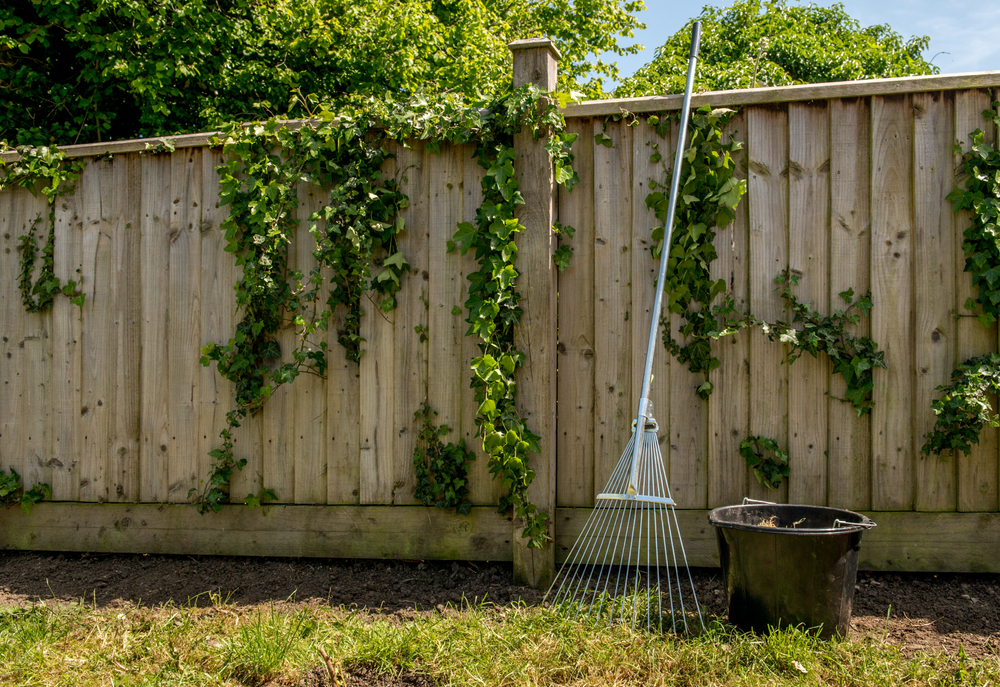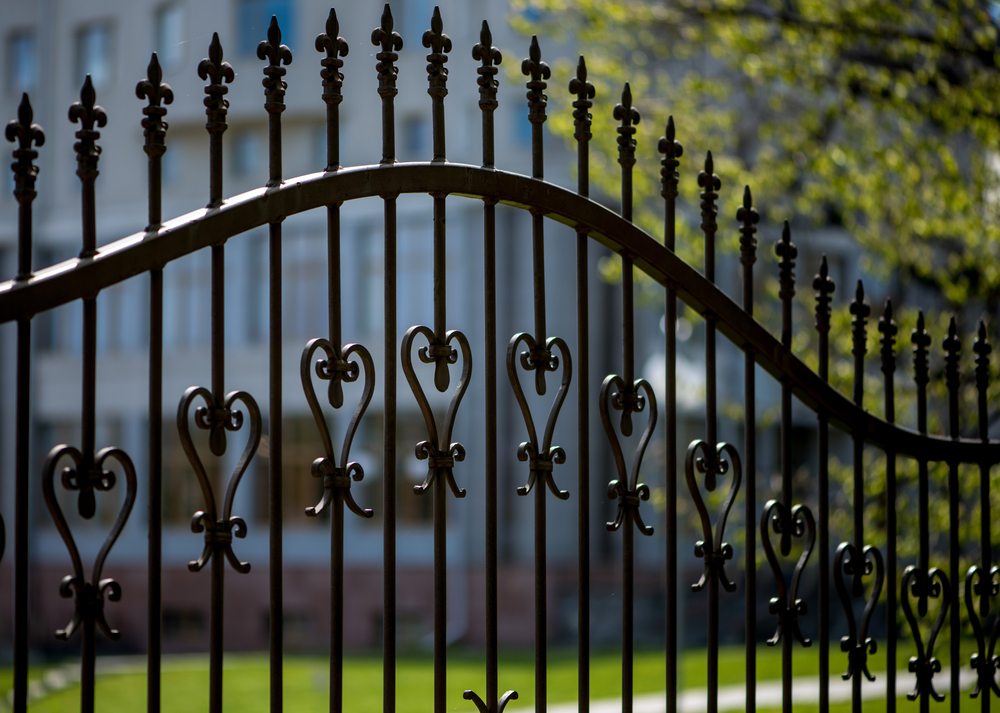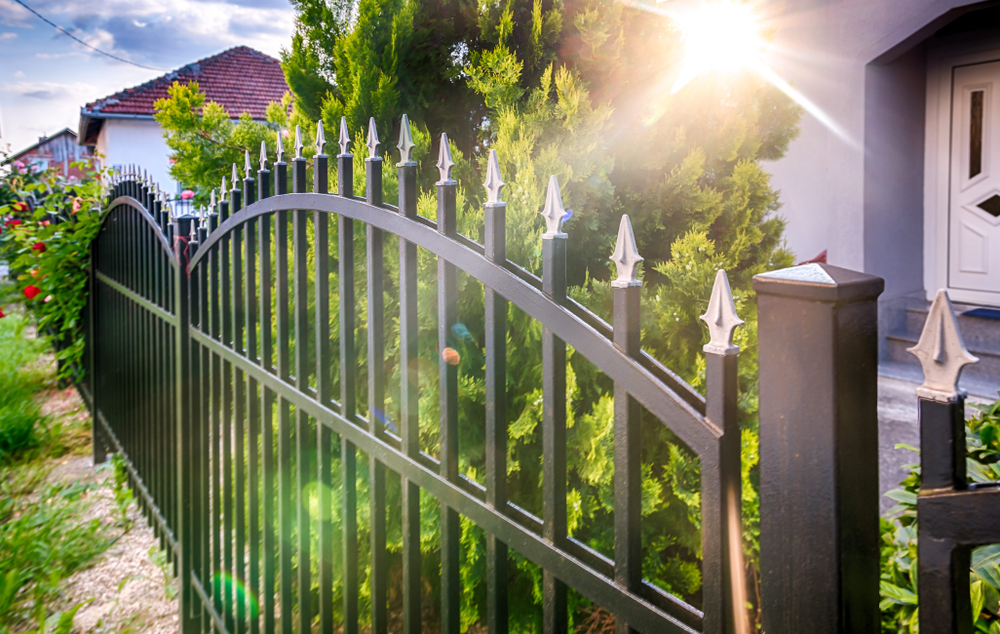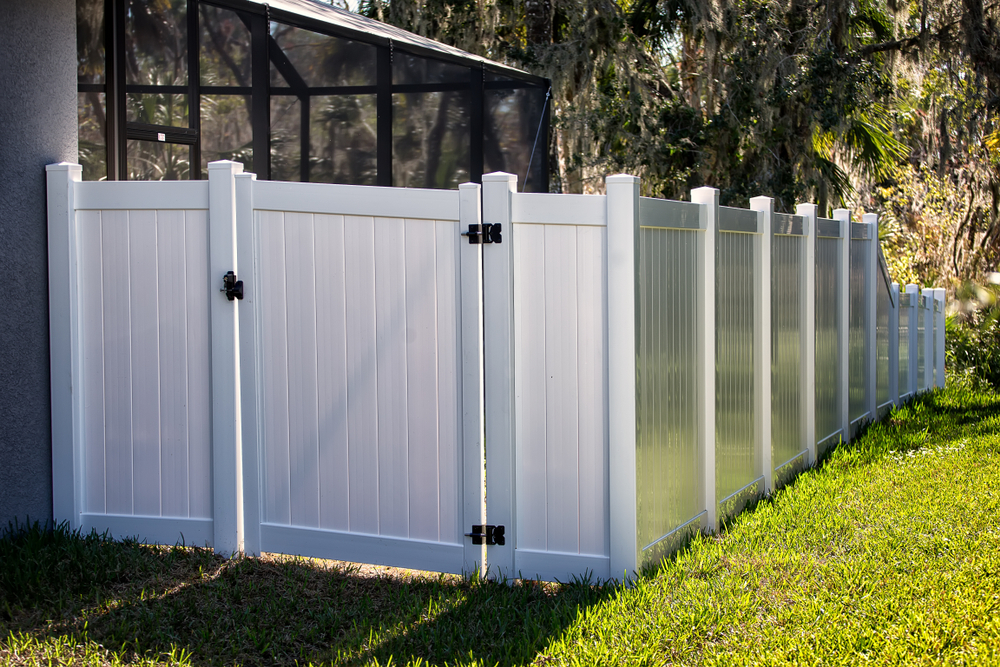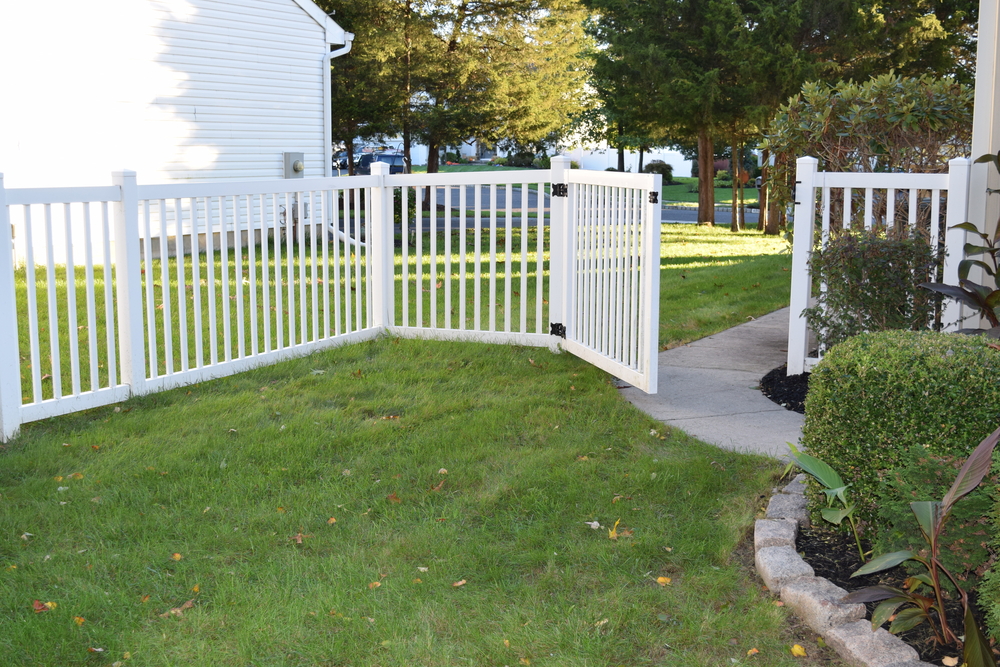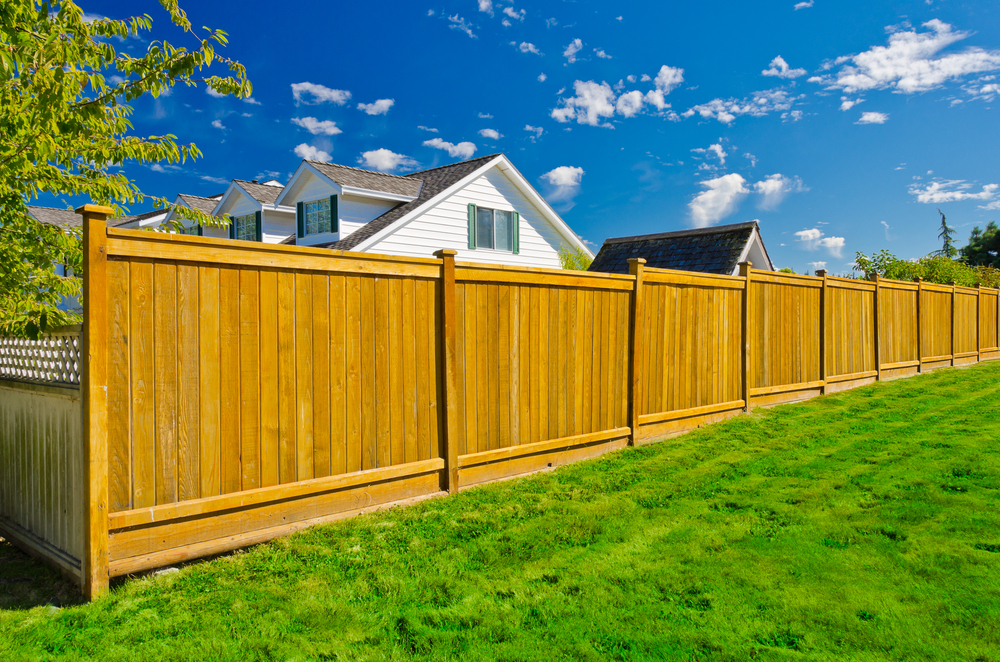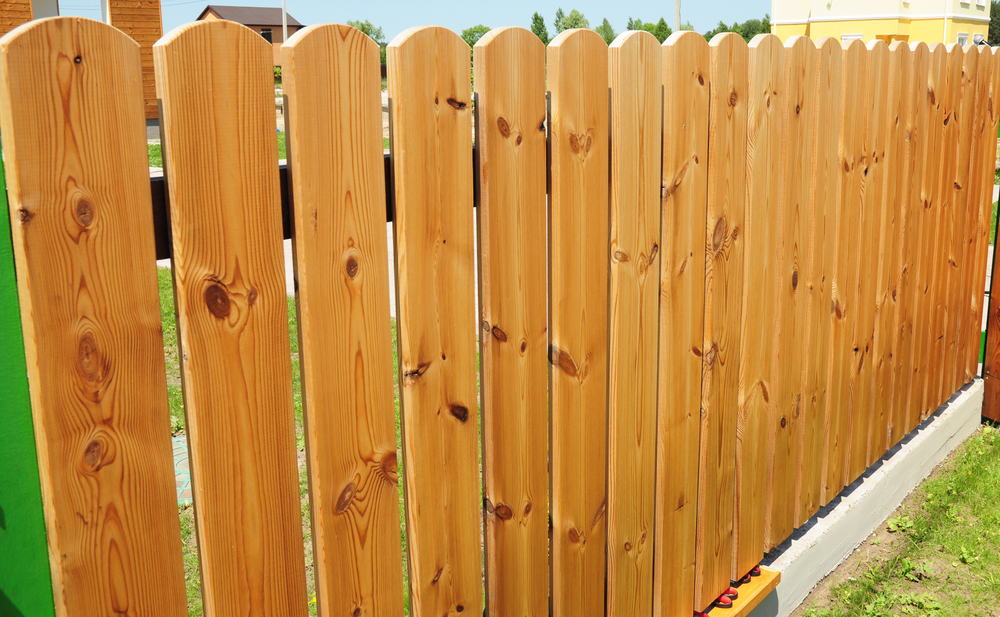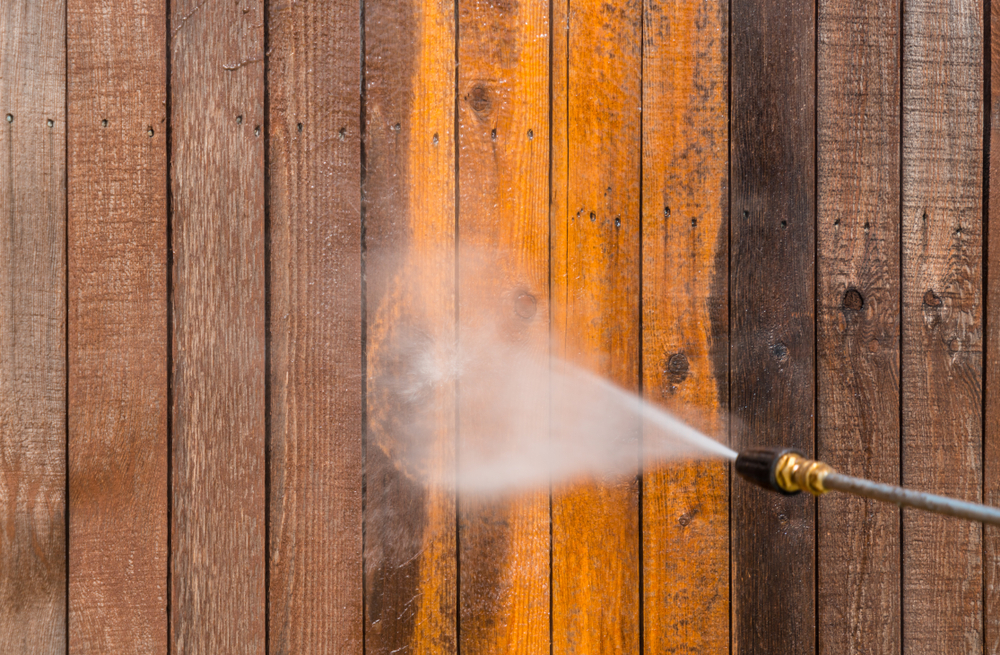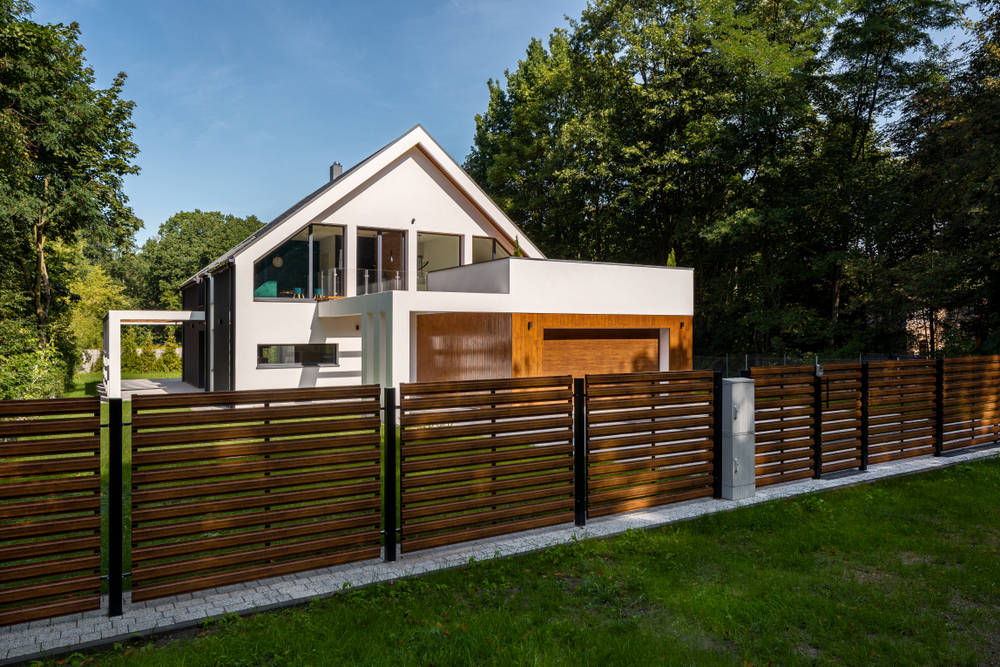There are several fence types that are equally useful in both residential and commercial settings, and one great example is the chain link fence. Popular in numerous settings, the chain link fence is easy to install, fully functional, and works aesthetically with a variety of surroundings.
At Utah Fence Warehouse, we’re happy to offer a wide range of chain link fence options, plus comprehensive installation for those who require it. Perhaps the single biggest draw of chain link fencing is its versatility – this two-part blog will start out by going over some of the top purposes it’s generally used for, while part two will dig into a few of the areas or property types where you’ll most often see chain link fencing.
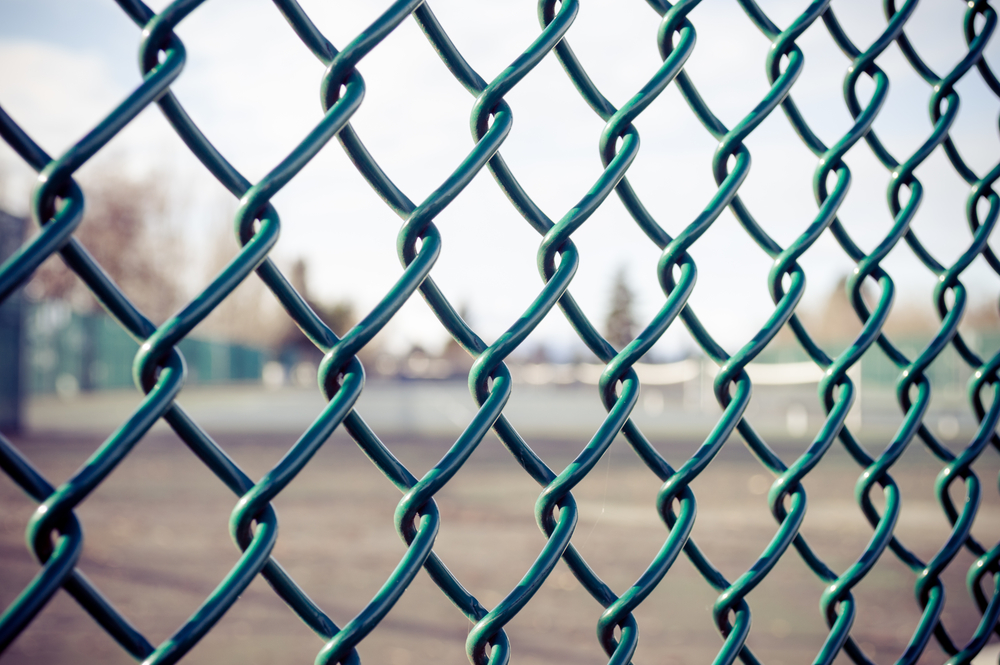
Boundary Definition
Like many other fence types, one of the primary roles of chain link fencing is to define your property’s boundary in a specific, easy-to-see way. These fences will often be installed directly along your property line, marking the exact path it takes.
They’re beneficial for this purpose because they don’t detract from any aesthetics or related needs. Chain link fences don’t block views in any way, plus allow for simple installation of additions like gates for easy entry and exit. They’re also easy to maintain, which makes them ideal for boundary marking uses that don’t involve too many other specific practical applications.
General Security
Whether on a home or any other kind of property, chain link fences are excellent for security. The first them here is visual security – even a waist-height chain link fence tells anyone who might be thinking about trespassing on your property that you’re taking proactive security measures.
However, they also provide practical security if needed, including several additions that enhance these themes. You can install barbed wire on top of a chain link fence if you’re protecting a commercial property and its equipment, for instance; you can also consider vinyl slats or privacy mesh for your residential chain link fence, improving both visual and practical security. And when it comes to costs in this area, chain link fences hold several benefits over other fencing types.
Keeping Animals or People In
In other cases, chain link fences work perfectly as ways of keeping people or animals confined to a given area. You’ll often see them surrounding sports fields or school yards, as children who play on these areas need to have boundaries to stay within for their safety. On the home front, many homeowners will install chain link fences to keep pets from escaping the yard – all without detracting from views or aesthetics at all.
For more on the common uses of chain link fencing, or to learn about any of our fence contractor services, speak to the staff at Utah Fence Warehouse today.


